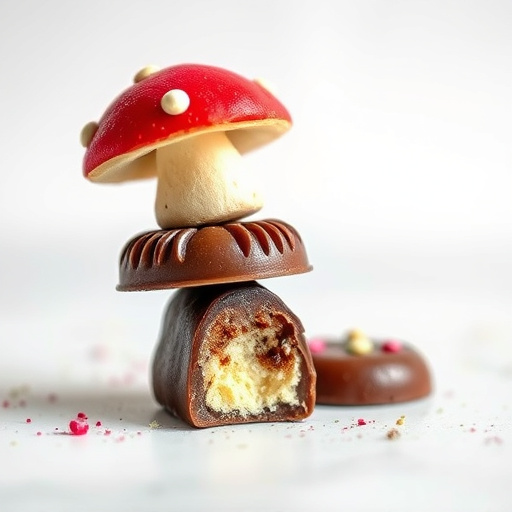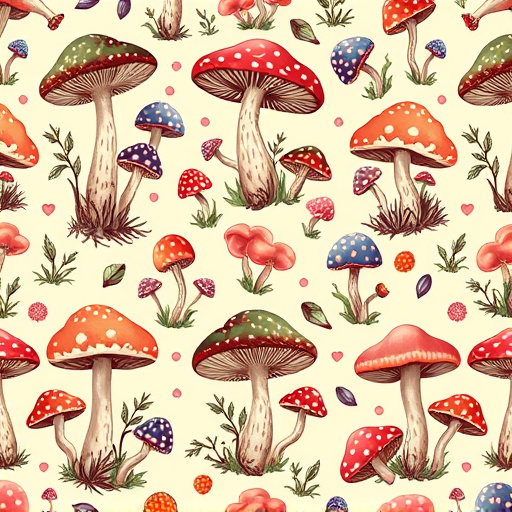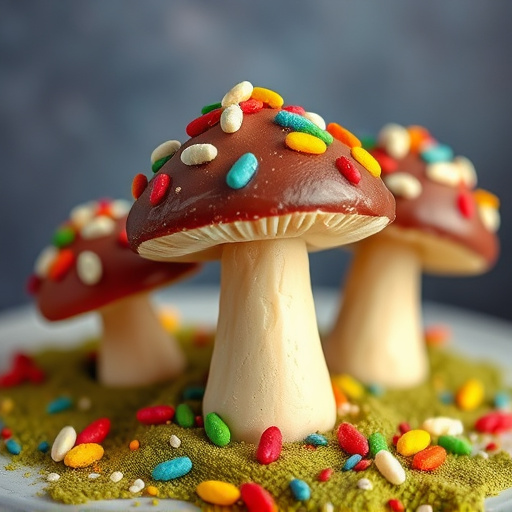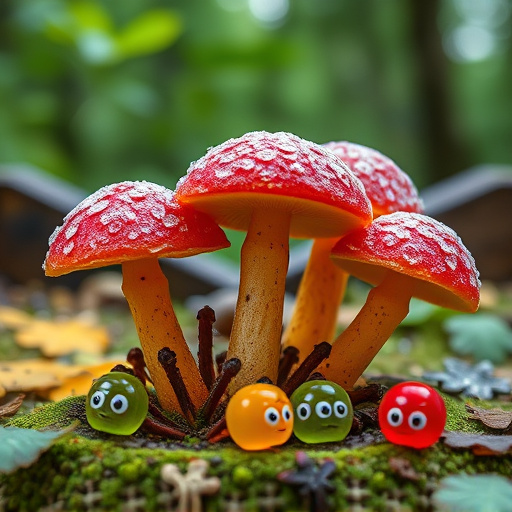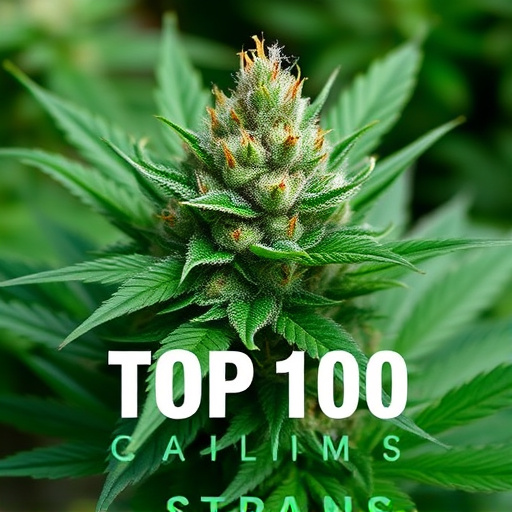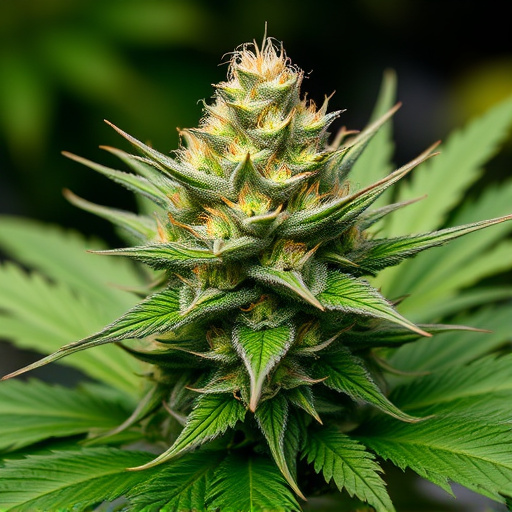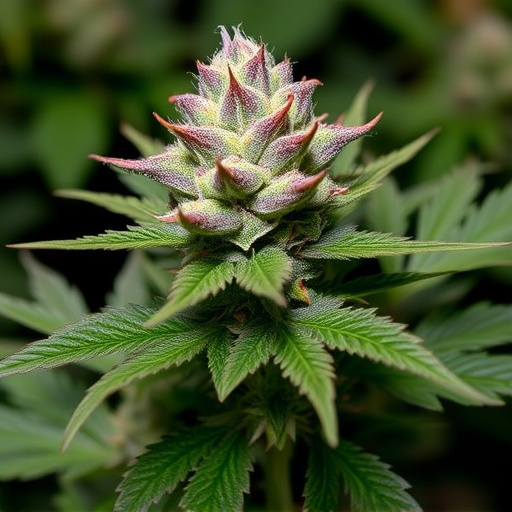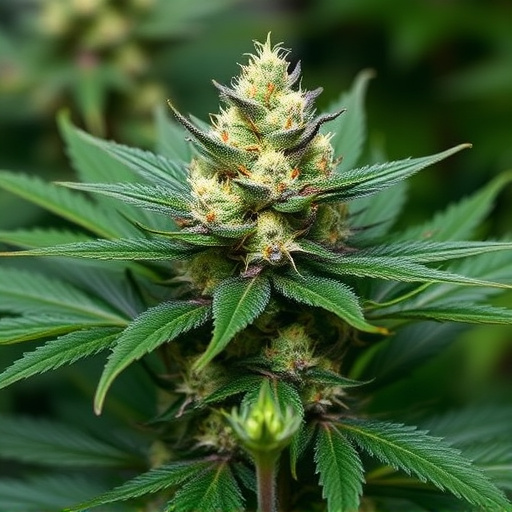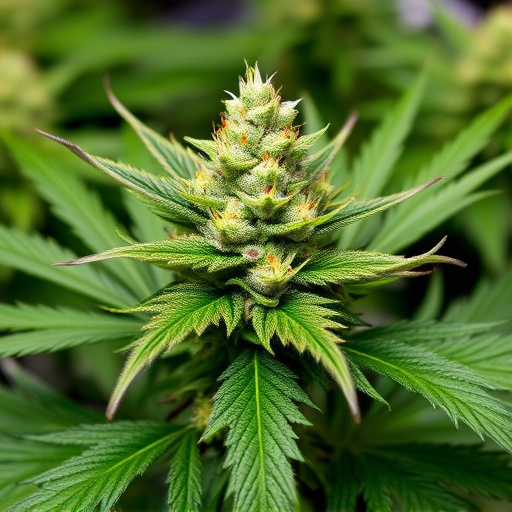Trichomes, microscopic hairs on cannabis plants, are key indicators of potency and quality in the renowned top 100 cannabis strains. They produce essential compounds like terpenes, flavonoids, THC, and CBD, contributing to unique flavors, aromas, and therapeutic effects. The variety in trichome density, size, and color offers consumers valuable insights into potential strength. Understanding these microscopic features is crucial for both enthusiasts and researchers exploring the diverse world of top 100 cannabis strains.
“Unveiling the secrets of trichomes: Unlocking Cannabis’ Potency Potential. Trichomes, tiny hair-like structures on cannabis plants, are microscopic powerhouses responsible for producing cannabinoids and terpenes that contribute significantly to strain potency and desired effects. This article delves into the world of trichomes, exploring their diverse types, protective roles, and profound impact on cannabis strains. From understanding trichome density in top 100 cannabis strains to mastering extraction techniques, we’ll uncover strategies to maximize yield and ensure consistent product quality.”
- Understanding Trichomes: The Microscopic Powerhouses of Cannabis
- – What are trichomes?
- – Types and locations of trichomes on the cannabis plant.
Understanding Trichomes: The Microscopic Powerhouses of Cannabis
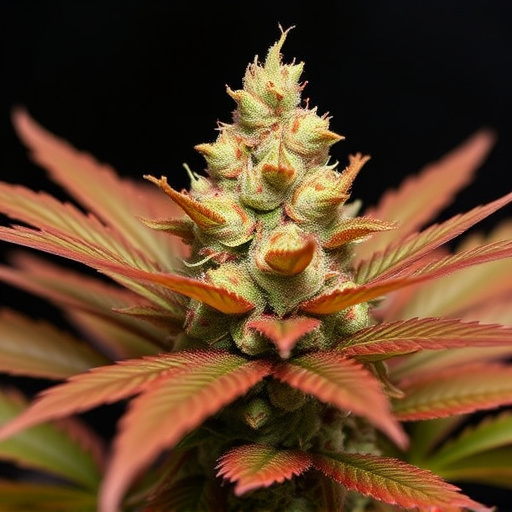
Trichomes, often described as tiny hair-like structures, are microscopic powerhouses that play a pivotal role in defining the potency and quality of cannabis. These glandular hairs, found on the surface of cannabis plants, especially in the flowers, produce an array of compounds responsible for the plant’s unique flavors, aromas, and therapeutic effects. In the world of cannabis, understanding trichomes is key to unlocking the full potential of various strains, making them a significant focus for enthusiasts and researchers alike, even in the top 100 cannabis strains.
Each trichome contains various chemical compounds, including terpenes, flavonoids, and cannabinoids like THC (tetrahydrocannabinol) and CBD (cannabidiol). The density, size, and color of trichomes significantly influence the overall profile of a cannabis strain. For instance, dense trichome coverage often indicates higher levels of these compounds, which can translate to more potent effects. When comparing different strains, observing the trichome structure can provide valuable insights into their potential potency, making them a key indicator for consumers looking to optimize their cannabis experience.
– What are trichomes?
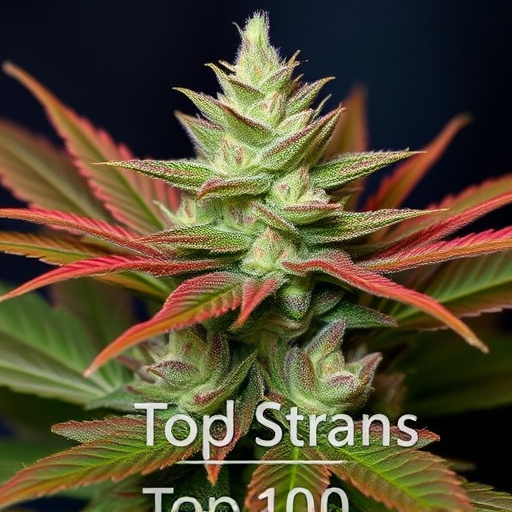
Trichomes, often referred to as sticky or resinous hairs, are tiny glands that play a significant role in the potency and quality of cannabis plants. They are essentially specialized structures that produce and secrete various compounds, including cannabinoids and terpenes, which contribute to the unique characteristics of each strain. These microscopic features are responsible for the sticky texture often noticed on the flowers of high-quality cannabis, especially in the top 100 cannabis strains renowned for their potency.
Trichomes not only enhance the sensory experience but also serve as a protective mechanism for the plant. They trap potential predators and help preserve the delicate cannabinoids within, ensuring the plant’s survival while maximizing its medicinal or recreational properties. Understanding trichomes is essential when exploring the diverse world of cannabis, especially among the top 100 strains known for their remarkable potency levels.
– Types and locations of trichomes on the cannabis plant.
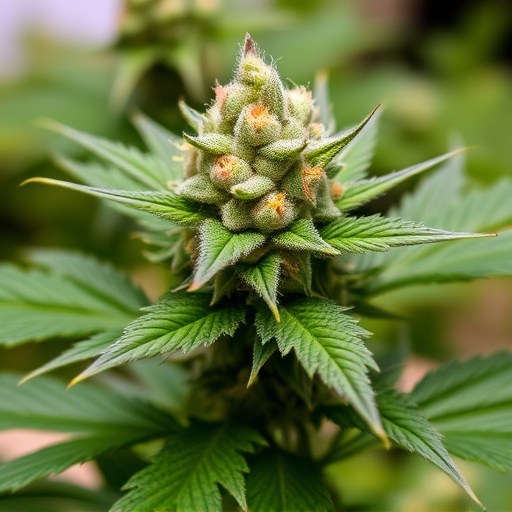
Cannabis plants are adorned with tiny, often unseen structures called trichomes—a key factor in determining the potency and quality of their flowers. Trichomes are specialized glandular hairs that can be found covering various parts of the plant, including leaves, stems, and most notably, the bud sites. They produce a wide range of compounds, most famously terpenes and cannabinoids, which contribute to the unique aromas, flavors, and therapeutic effects associated with different cannabis strains.
In the top 100 cannabis strains, trichome types and densities vary significantly. Two primary types are glandular trichomes and non-glandular (or bulbous) trichomes. Glandular trichomes, typically smaller and more numerous, secrete a viscous resin containing high concentrations of cannabinoids like THC and CBD. Non-glandular trichomes, larger in size, produce less resin but play a crucial role in protecting the plant from environmental stressors. The location and density of these trichomes directly impact the final product’s potency; denser trichome coverage often correlates with higher cannabinoid levels, making it a sought-after characteristic among cannabis enthusiasts.
Trichomes play a pivotal role in determining the potency and quality of cannabis, making them an essential consideration for enthusiasts seeking the best among the top 100 cannabis strains. By understanding these microscopic structures and their diverse types, growers and consumers can unlock the full potential of each plant, ensuring a superior experience.
